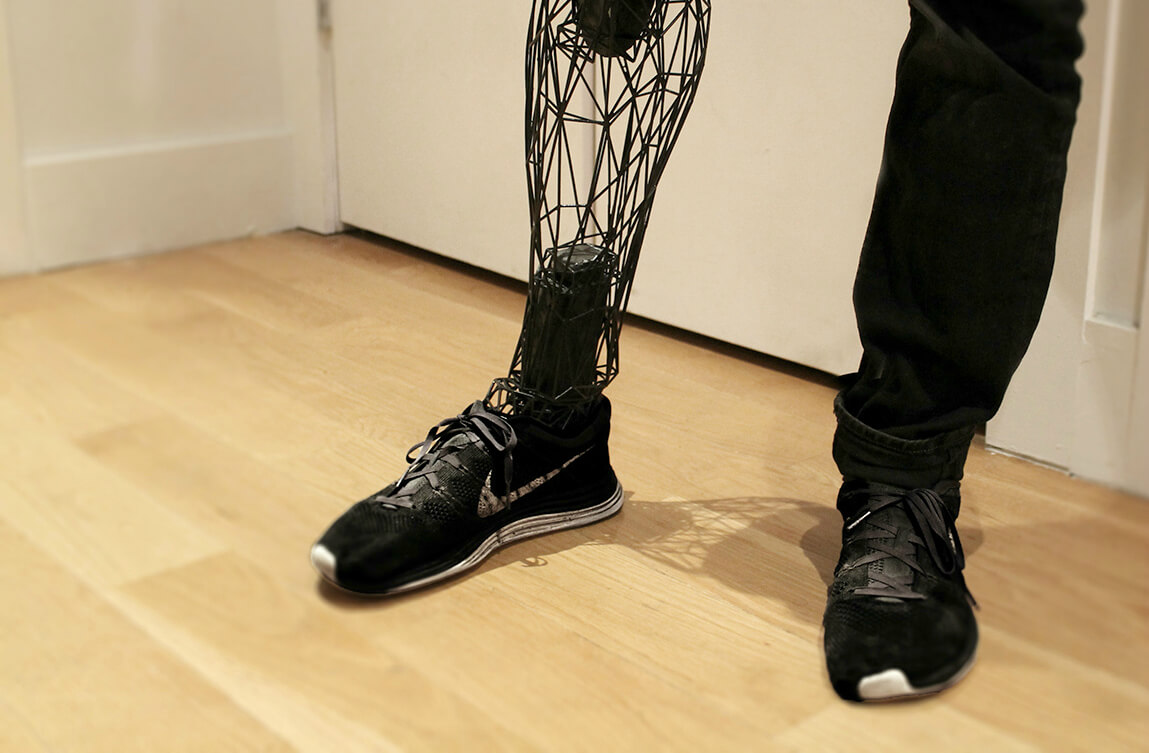Imagine a world where prosthetic limbs are not just functional, but also affordable, personalized, and downright cool. Thanks to advancements in 3D printing healthcare, this world is becoming a reality. 3D printed prosthetics are revolutionizing the way we think about prosthetic limbs, making them more accessible and tailored to individual needs. Let’s dive into the fascinating world of prosthetic innovation and see how these cutting-edge technologies are changing lives.
The Rise of 3D Printed Prosthetics
Once upon a time, getting a prosthetic limb was like buying a one-size-fits-all suit—uncomfortable, expensive, and often lacking in personality. But with additive manufacturing in healthcare, the game has changed. 3D printing allows for the creation of custom prosthetic limbs that fit like a glove, or rather, like a perfectly tailored limb.
The process begins with a scan of the residual limb, which is used to design a prosthetic that fits precisely. This is where technology like a 3D scanner comes in handy, capturing the exact shape and size needed for a comfortable fit. Once the design is finalized, the prosthetic is printed using advanced materials that mimic the properties of human skin and bone, providing a natural look and feel.
Benefits of 3D Printed Prosthetics
So, why are 3D printed prosthetics such a big deal? Let’s break it down:
- Affordability: Traditional prosthetics can cost an arm and a leg (pun intended). But with 3D printing, the cost is significantly reduced, making affordable prosthetics a reality for many who previously couldn’t afford them.
- Customization: No two bodies are the same, and neither are personalized prosthetics. Each limb can be tailored to fit the user’s exact measurements and preferences, from color to functionality.
- Speed: While traditional prosthetics can take weeks or even months to produce, additive manufacturing can have a prosthetic ready in days, speeding up the process of getting individuals back on their feet—literally.
- Innovation: The sky’s the limit when it comes to prosthetic design. With the freedom of 3D printing, designers can incorporate advanced features like bionic elements, making limbs that are not just functional, but futuristic.
Personal Stories: Lives Transformed
While the technology itself is impressive, the real magic lies in the stories of individuals who have had their lives transformed by 3D printing healthcare. Take, for instance, the case of a young musician who lost his arm in an accident. Thanks to a custom prosthetic limb with built-in sensors, he can play the piano again, something he thought was lost forever.
Or consider the athlete who, after losing a leg, was determined to return to the track. With a lightweight, 3D printed prosthetic designed for speed, she’s not just participating in races; she’s winning them.
Challenges and the Path Forward
While 3D printed prosthetics offer many advantages, the journey isn’t without its challenges. One major hurdle is the need for skilled technicians and designers who can create these precise models. Additionally, while costs have decreased, they are still a barrier for some, particularly in developing countries.
However, organizations around the world are working tirelessly to address these issues. Collaborative efforts between tech companies, healthcare providers, and non-profits are driving down costs and expanding access to those in need. With continued innovation and dedication, the dream of making affordable prosthetics available to everyone is within reach.
A Bionic Era
The future of 3D printed prosthetics is not just about replacing limbs but enhancing them. We’re entering an era where bionic limbs are becoming more common, offering features that go beyond human capabilities. Imagine a prosthetic arm with sensors that provide feedback on temperature or a leg that can adjust its height for different activities. These are no longer science fiction but part of the evolving landscape of prosthetic innovation.
As technology advances, so too does the potential for even more personalized and advanced solutions. We can look forward to a world where prosthetics are not just functional but are celebrated as part of one’s identity. From vibrant colors to integrated technology, the possibilities are endless.
Conclusion? Nope, Just the Beginning!
In the world of medical 3D printing, it feels like we’ve only scratched the surface. The impact of 3D printed prosthetics is profound and far-reaching, offering hope and new opportunities to countless individuals. As we continue to innovate and push the boundaries of what’s possible, one thing is clear: the future of prosthetics is not just bright—it’s brilliant.
So, here’s to the visionaries, the tinkerers, and the dreamers who are reshaping our understanding of what’s possible. May their work continue to inspire and transform lives, one limb at a time.











